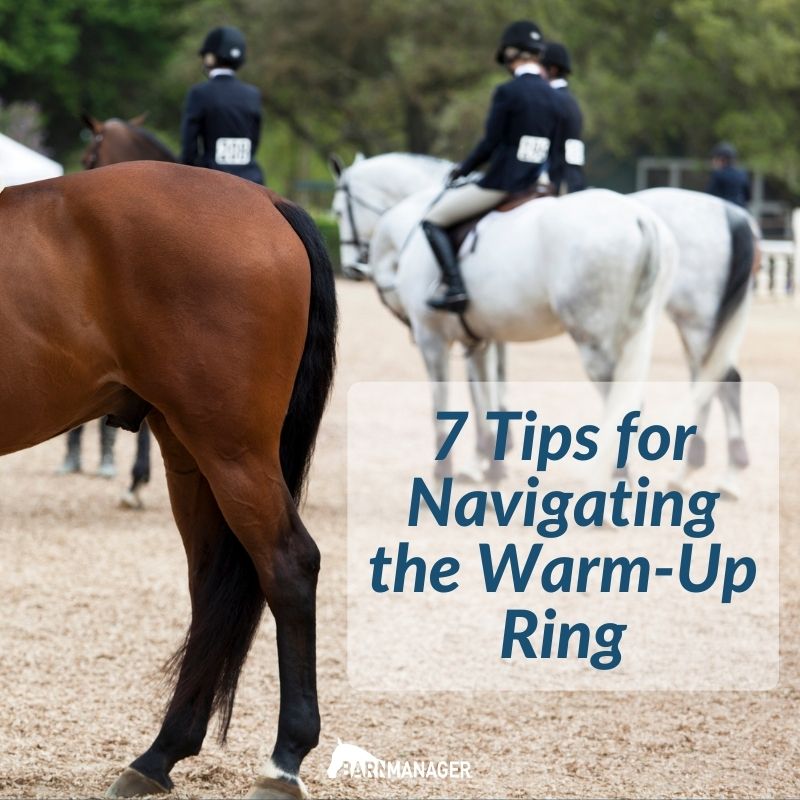 Arguably the most terrifying part of horse showing, the warm-up ring somehow always manages to stress out competitors, no matter the age, experience, or riding level. There is no order, the space is usually too small, and chaos inevitably ensues.
Arguably the most terrifying part of horse showing, the warm-up ring somehow always manages to stress out competitors, no matter the age, experience, or riding level. There is no order, the space is usually too small, and chaos inevitably ensues.
Here are some tips to help make the warm-up a more pleasant experience so you can focus on yourself and your horse and not let the pandemonium affect your performance in the ring.
1. Go with the flow.
Whenever possible, work in the same direction that most horses are going. Many horses struggle with oncoming traffic in warm-up rings, so try to eliminate that stress for both you and your horse if you can.
2. Be vocal.
Let other riders know where you are going by vocalizing your intention. If you’re passing someone, call “outside” or “inside,” and give a heads up every time you approach a jump so no one will step into your path unexpectedly. Communication is key for a proper warm-up flow. Don’t assume anything; you will only guarantee safety for yourself and others if you make your voice heard about your intentions. If everyone in the schooling ring spoke up about their plan of action for the next few strides, there would be much less confusion and limited close calls.
3. Look ten strides ahead.
Think about driving a car; you have to think far ahead and anticipate other drivers’ actions in order to best avoid catastrophe. This takes a high level of focus, but if you are actively looking ten strides ahead at all times, you can see how other riders’ actions can impact your plan, and you’ll have time to adapt and change your path to avoid a bad situation.
4. Follow warm-up ring etiquette.
Always pass left-to-left when traveling in opposite directions. If you’re jumping, try not to hog the rail where riders may be warming up on the flat. If you’re flatting, don’t cut across the arena without checking for riders who may be coming to the jumps. Avoid circling if you can, as this can cut off other riders. If you’re done riding or just out for a schooling ride, make the competitors’ lives easier by minimizing your time in the ring; don’t use it as a place to walk around chatting with friends.
5. Keep calm and ride on.
This sounds obvious, but the more stressed you are about the warm-up ring, the more likely things will go poorly. Our horses often feed off our emotions, making occasions like the warm-up ring stressful for both of you. Keep a strong and positive mindset, and you are more likely to get through the warm-up experience without any added anxiety.
6. Find a less crowded arena to warm up in.
Sometimes the warm-up options are limited at competitions, but many properties have numerous rings that may be quieter. Before you show, look around for other rings that may be less crowded than your designated warm-up. If there are fewer horses, you can focus on yourself and not worry about what the other riders are doing. Also remember to avoid jumper warm-ups if you are riding a hunter, and vice versa.
7. Practice warm-up scenarios at home.
Find times to ride at home when the ring is busier, like during group lessons. This may take some planning ahead to coordinate when most people will be riding. You and your horse will become less nervous in large groups if you practice it in a safe way. If you have friends at the barn, plan to hack at the same time every now and then to practice riding in a crowd.
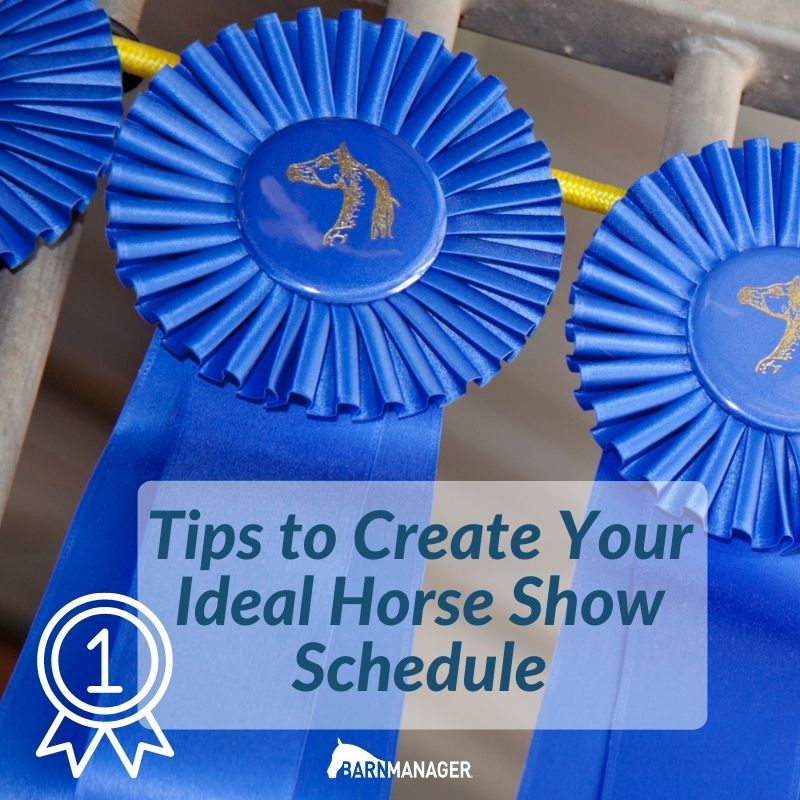
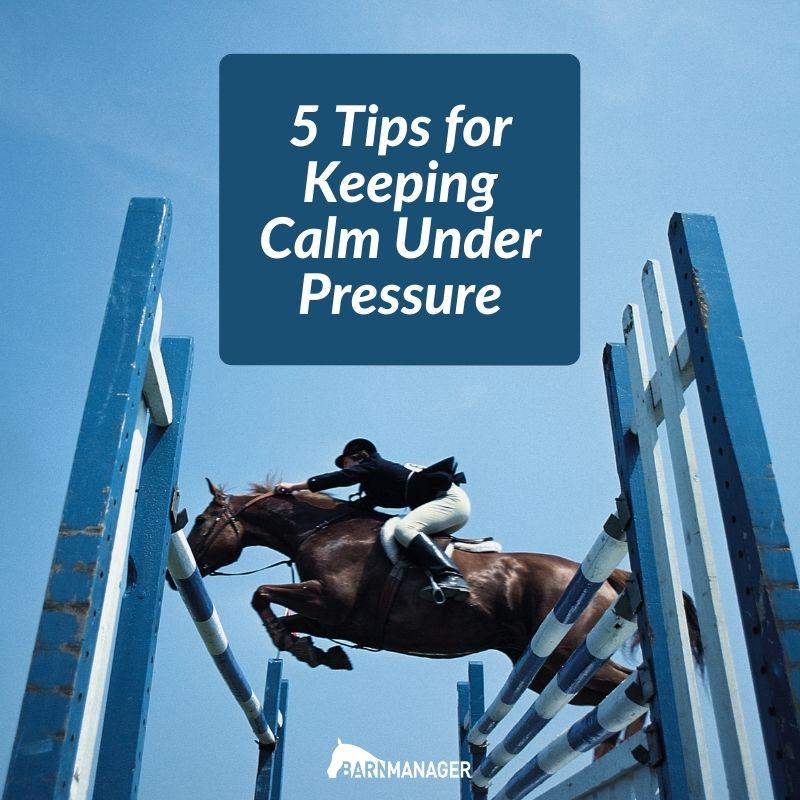
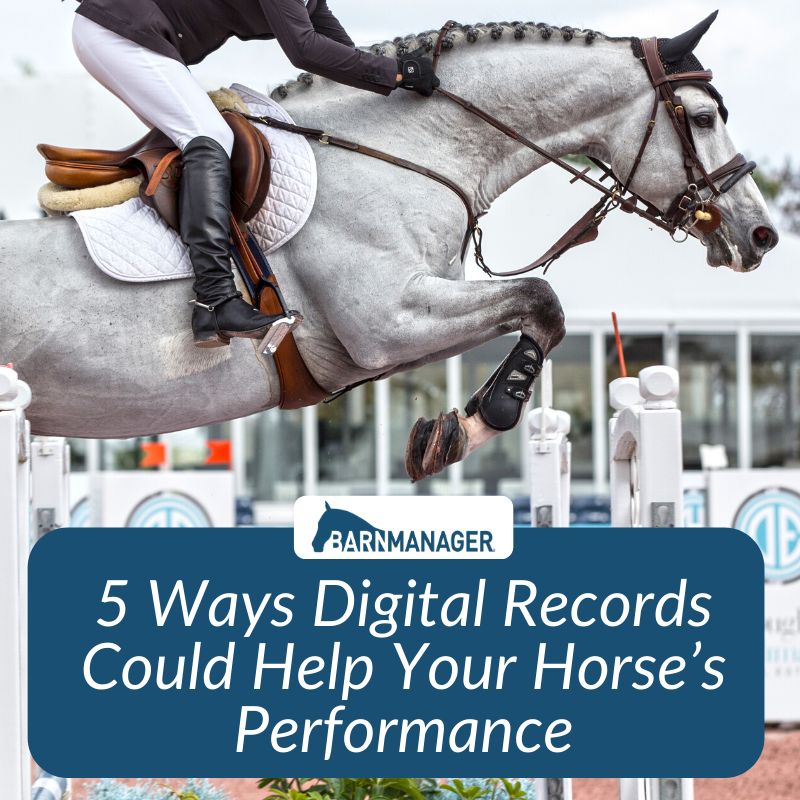
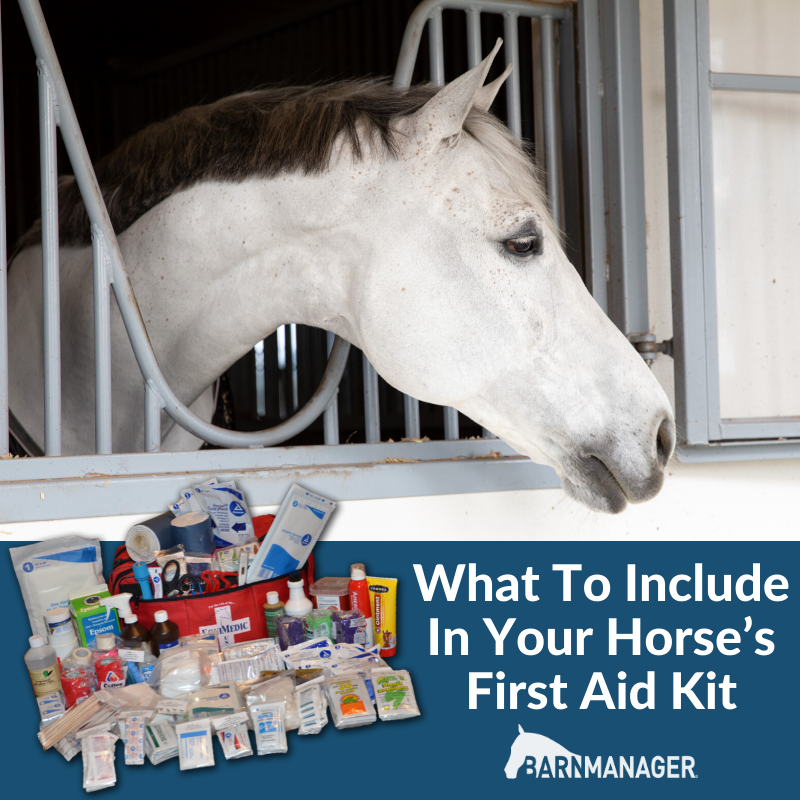

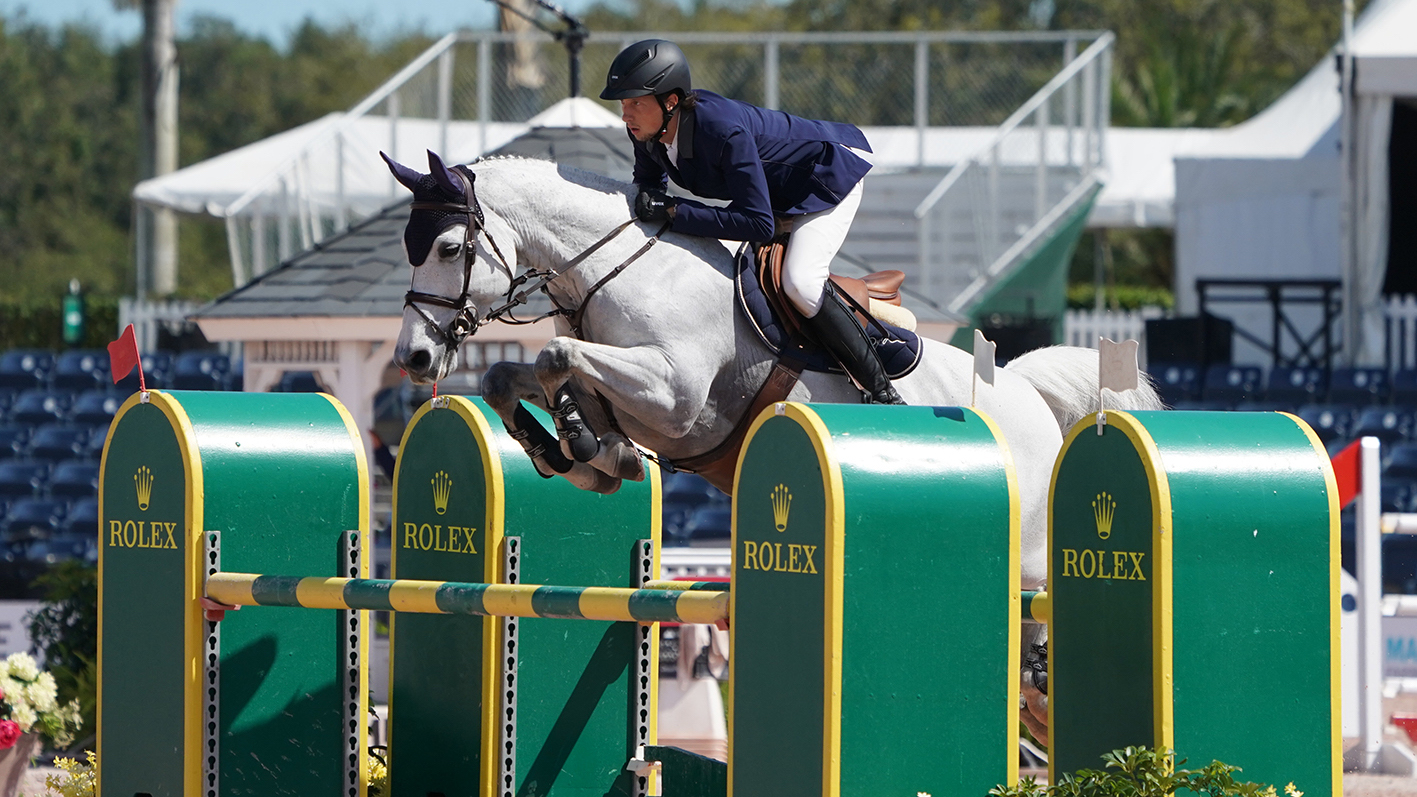
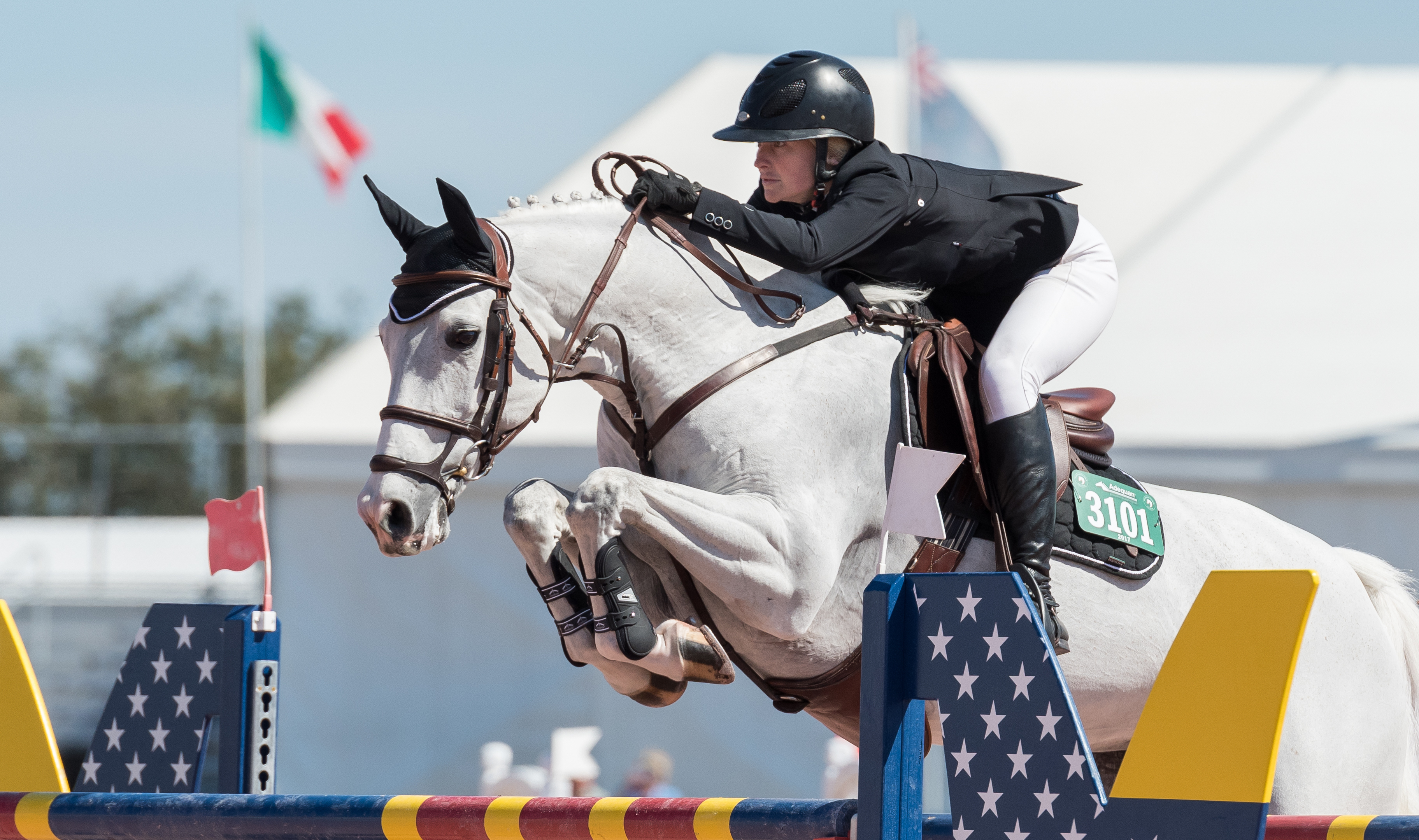
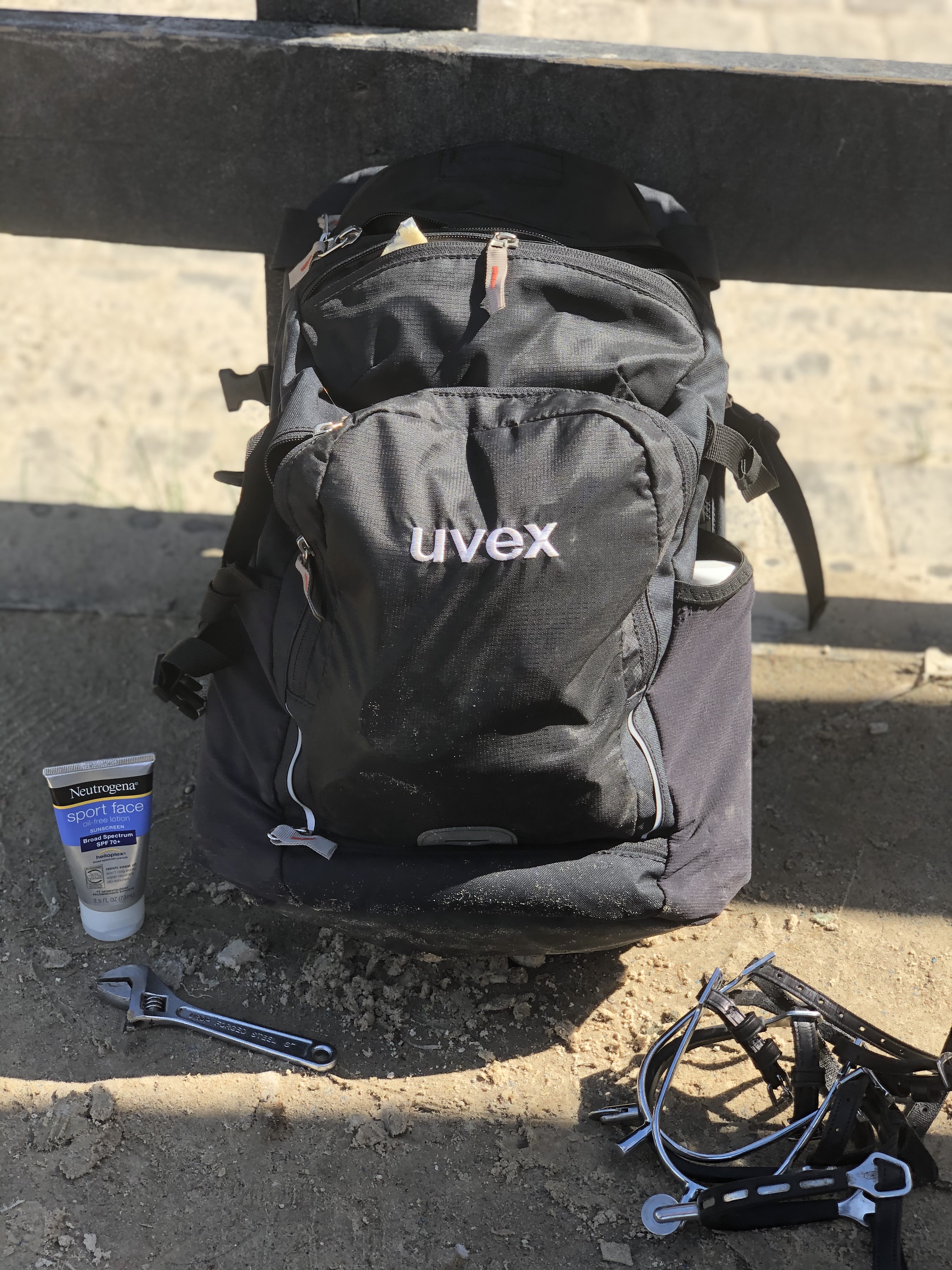

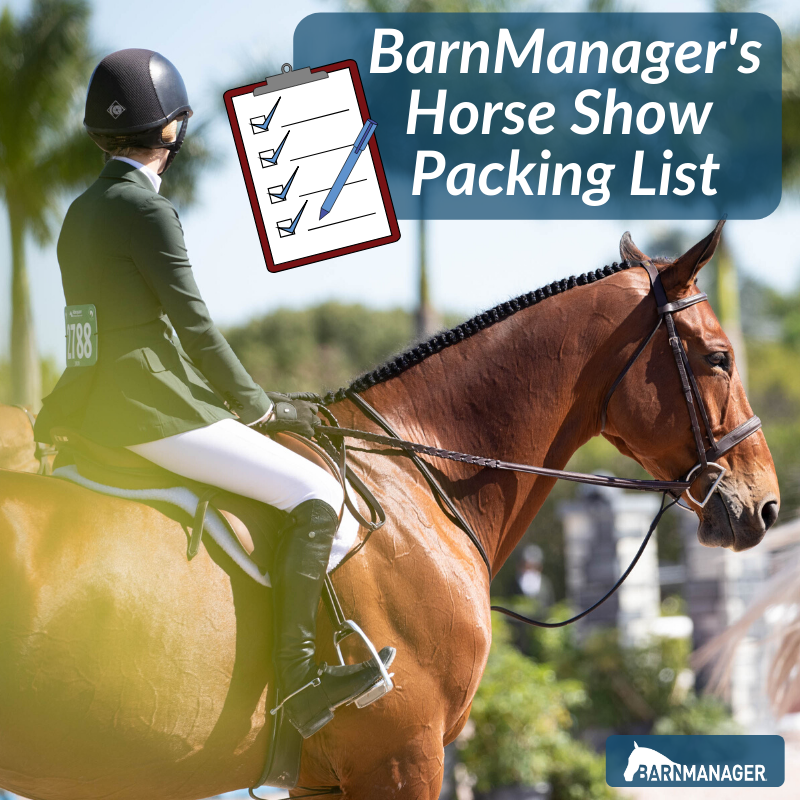
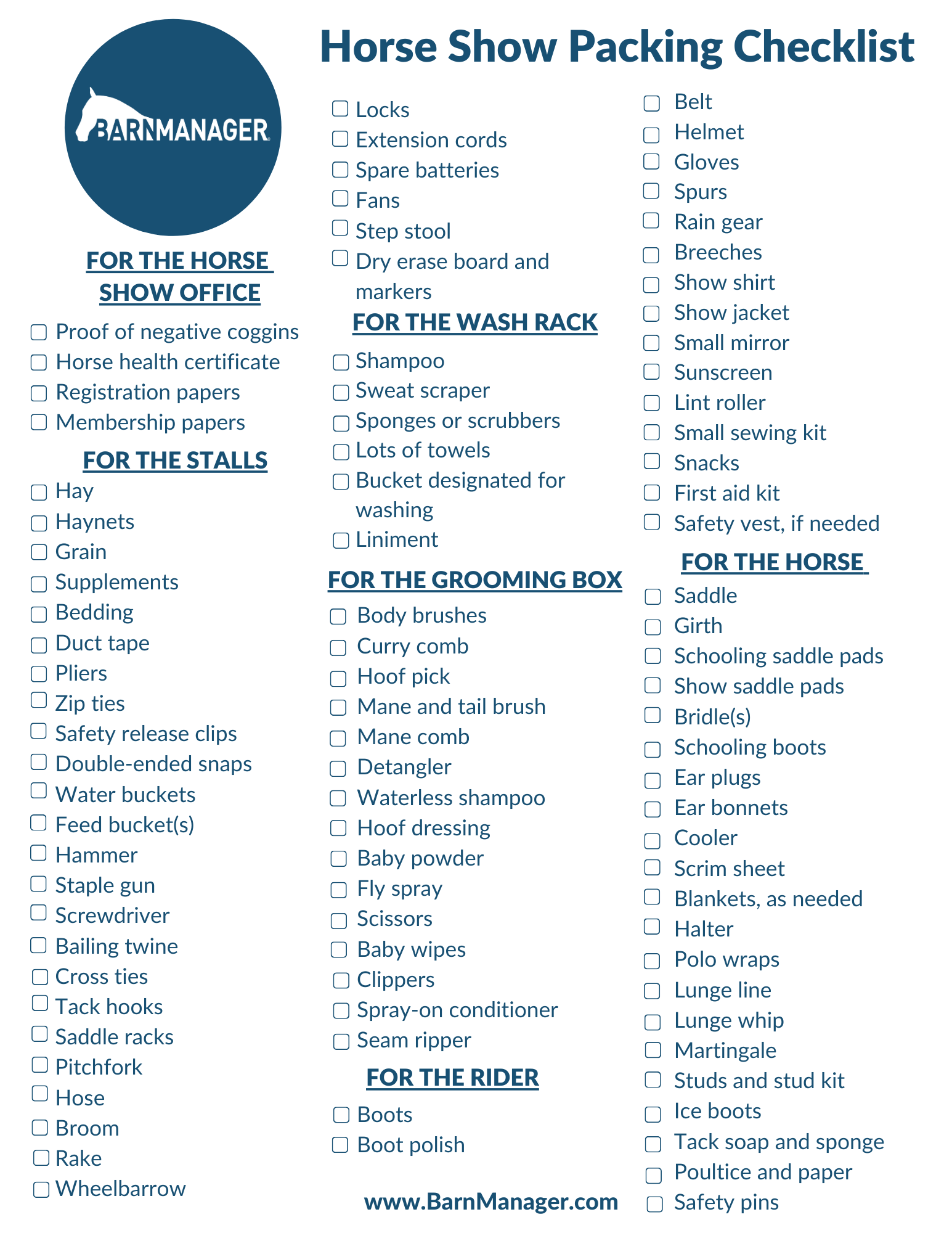
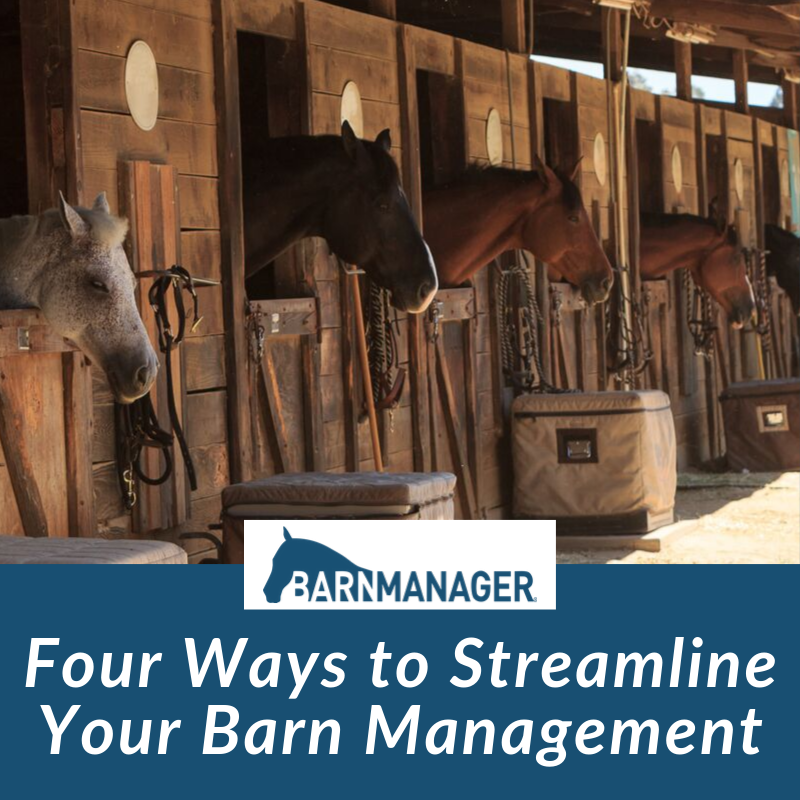
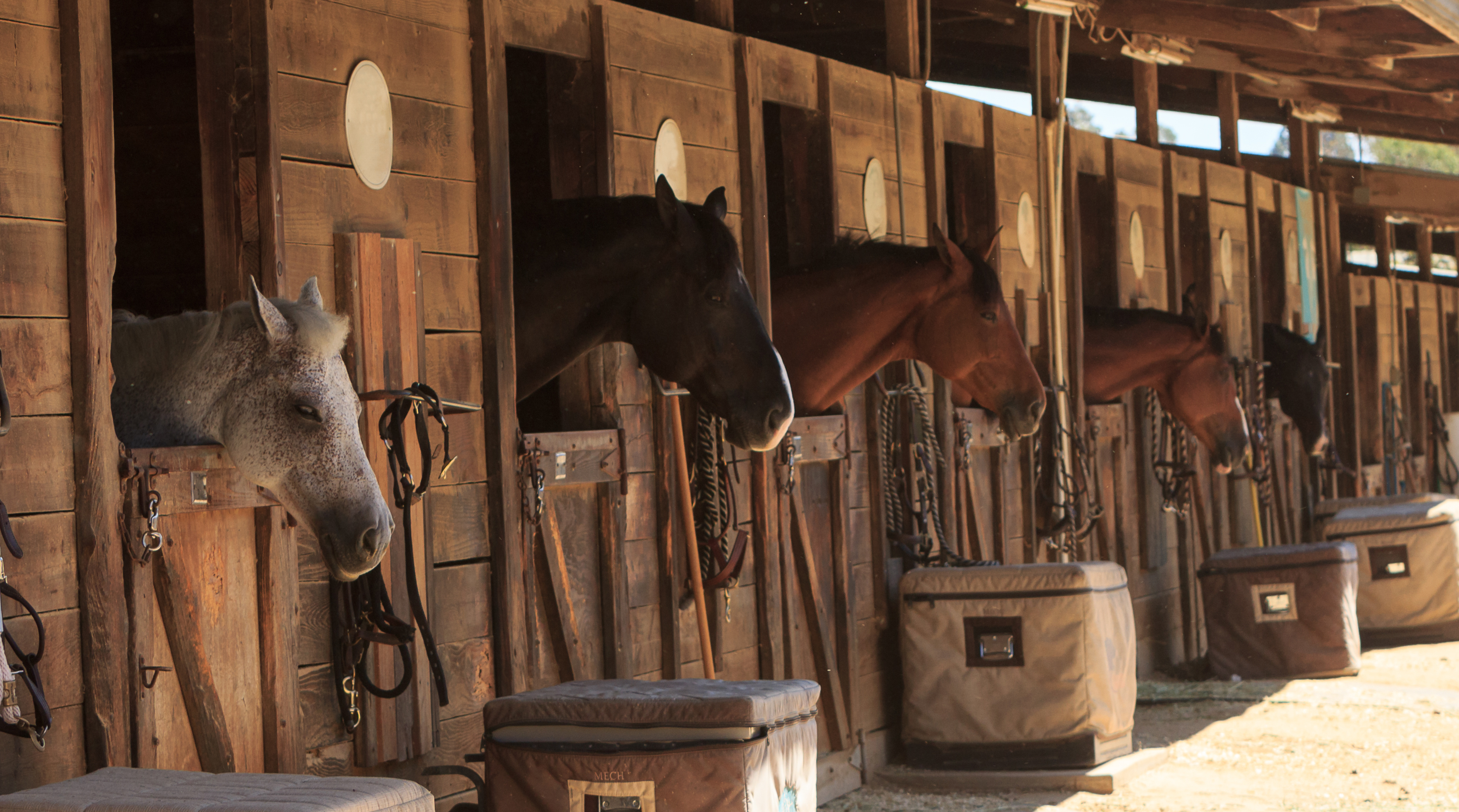
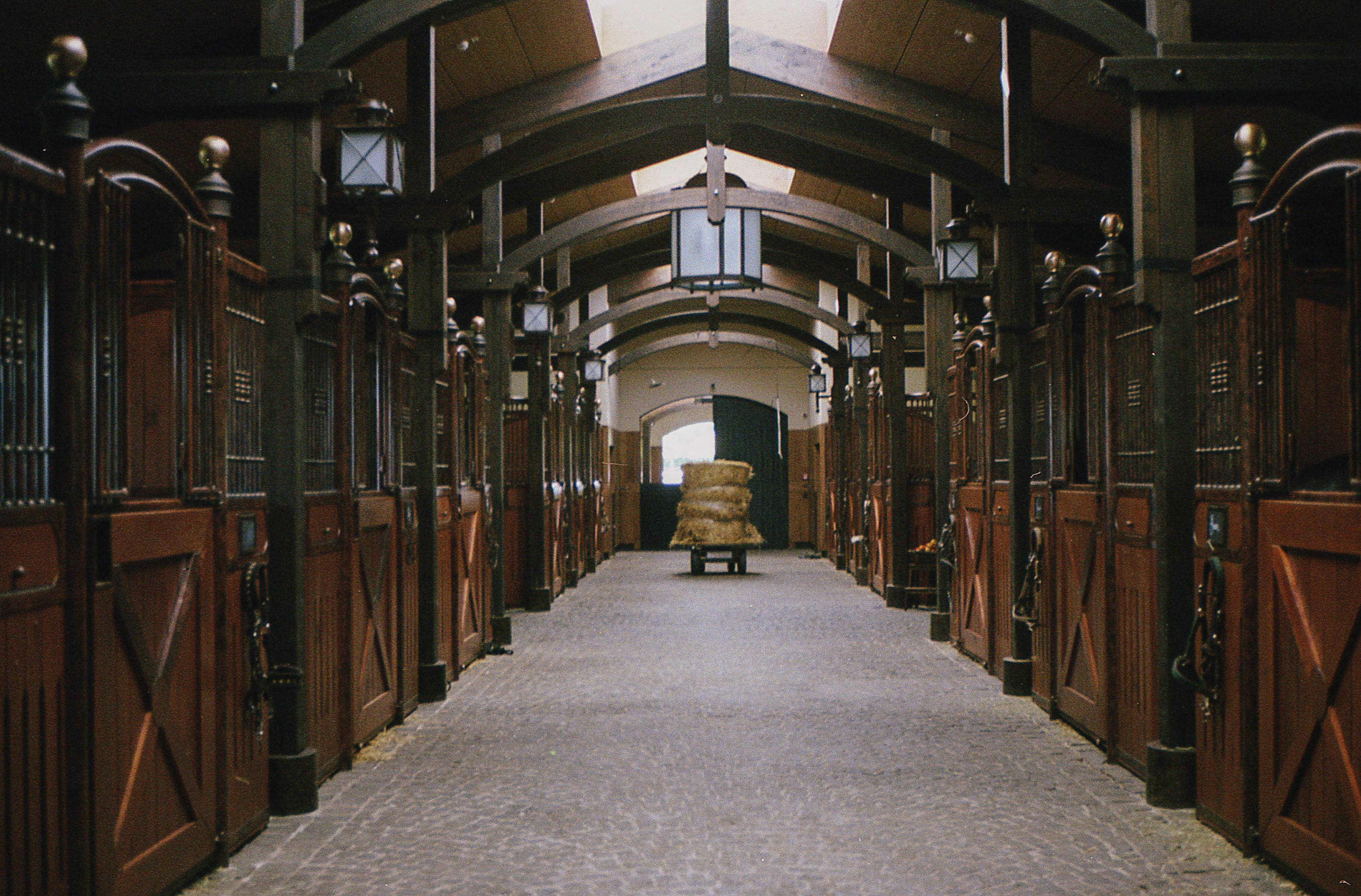
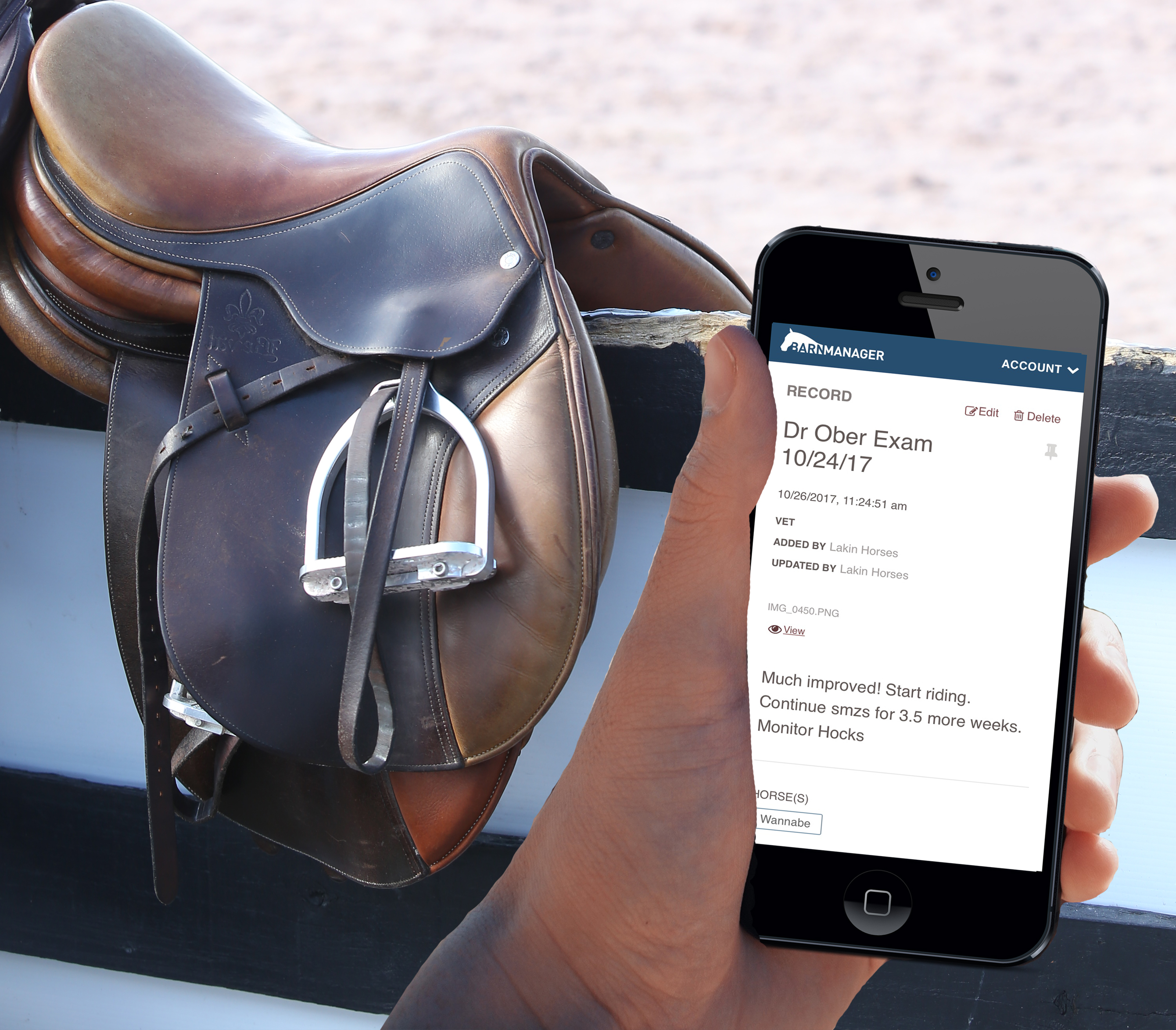
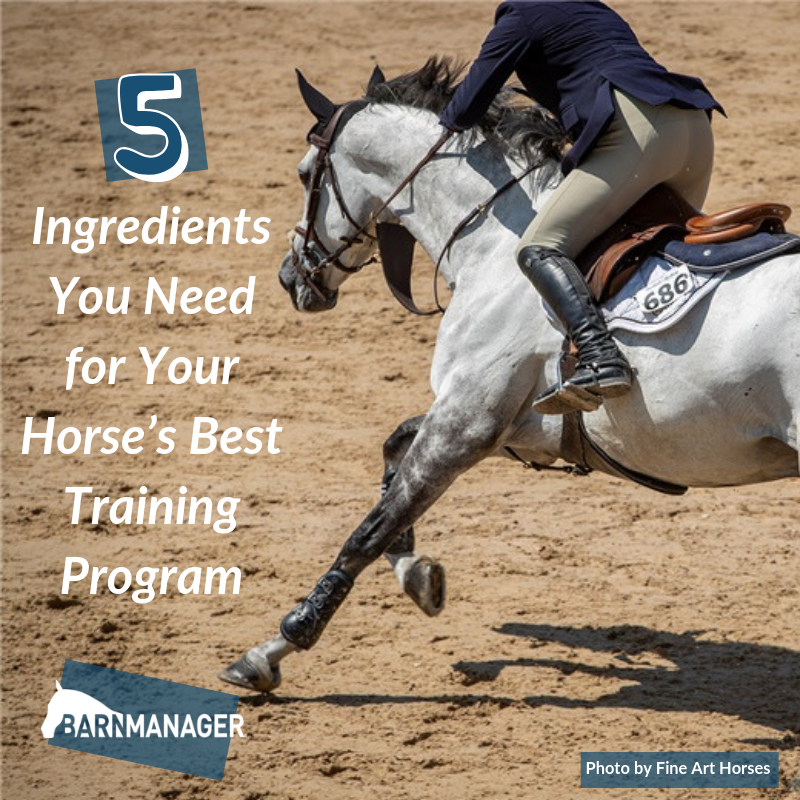
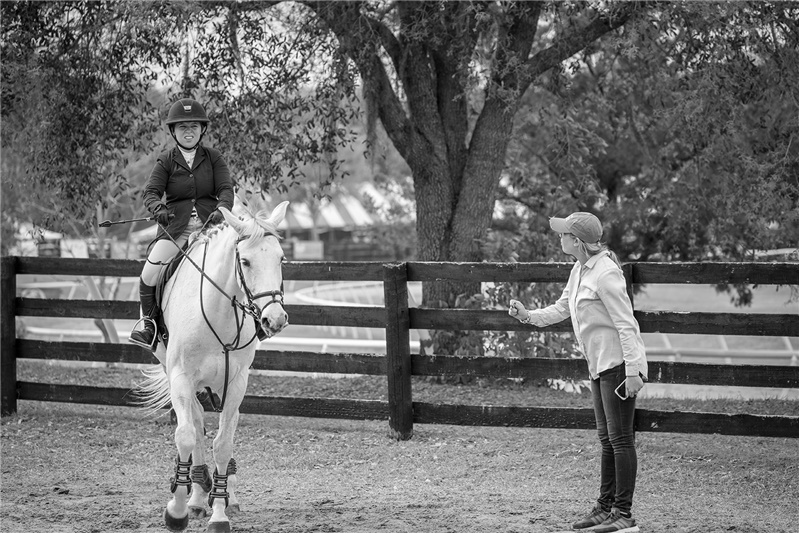 Caitlyn Shiels with student Marisa Malevitis. Photo by
Caitlyn Shiels with student Marisa Malevitis. Photo by 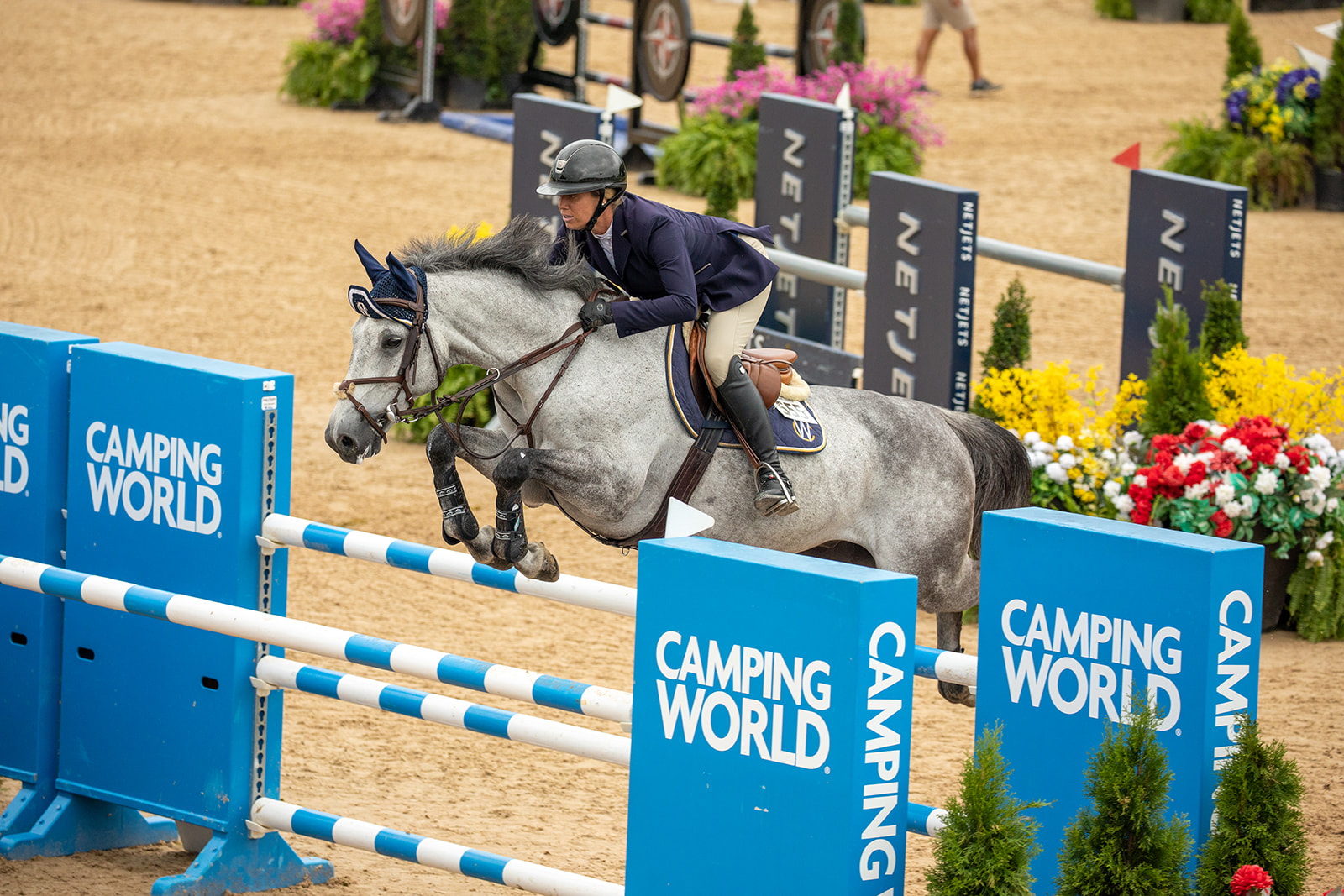 Caitlyn Shiels incorporates various forms of fitness work into the programs for all of her horses, including
Caitlyn Shiels incorporates various forms of fitness work into the programs for all of her horses, including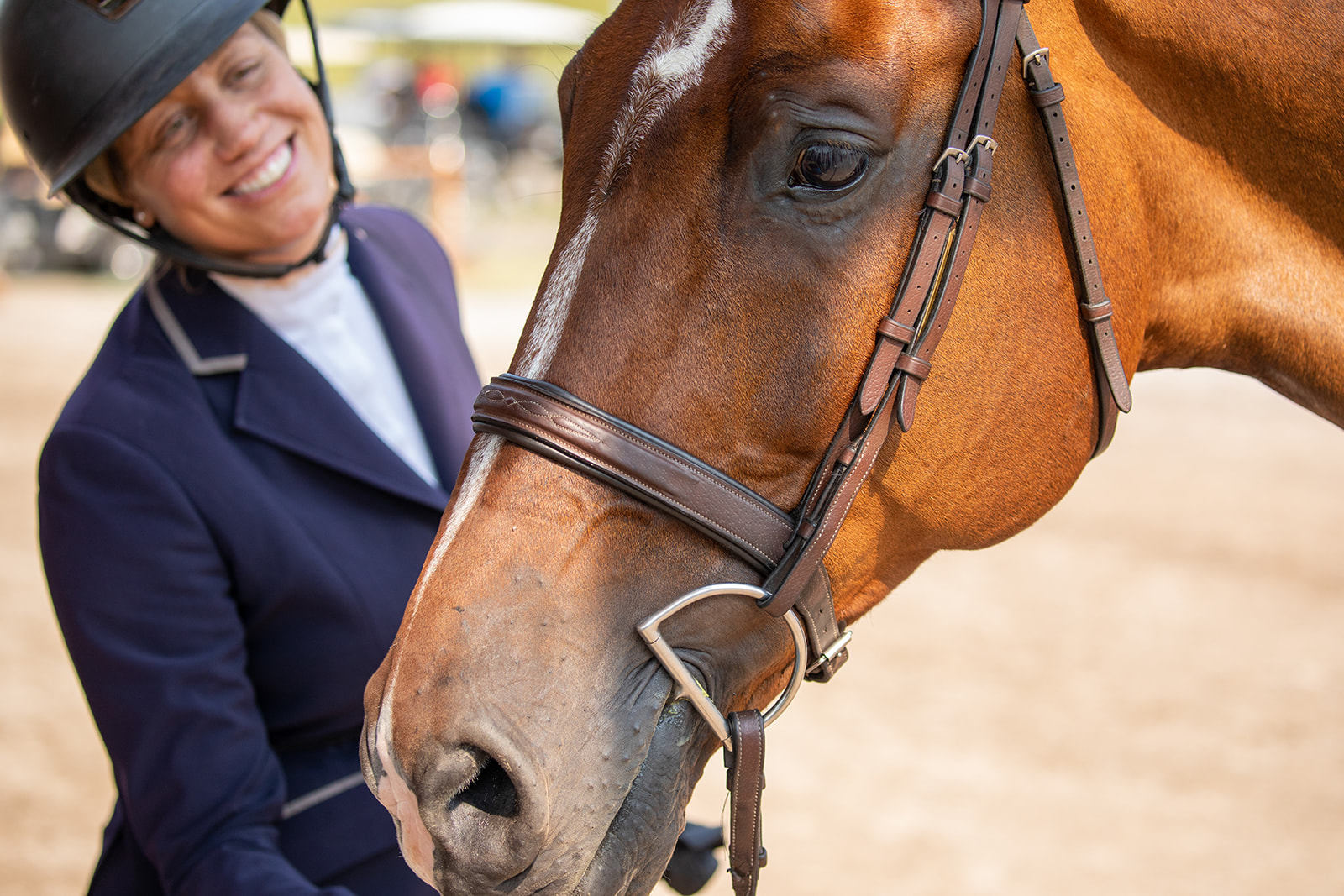 Caitlyn Shiels and Durpetti Equestrian LLC’s Cassius. Photo by
Caitlyn Shiels and Durpetti Equestrian LLC’s Cassius. Photo by 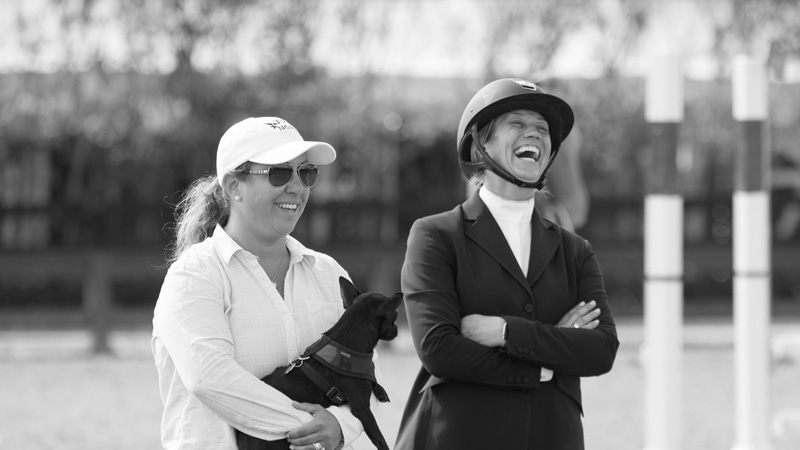 Michelle Durpetti and Caitlyn Shiels. Photo by
Michelle Durpetti and Caitlyn Shiels. Photo by